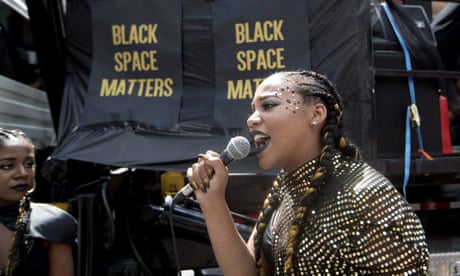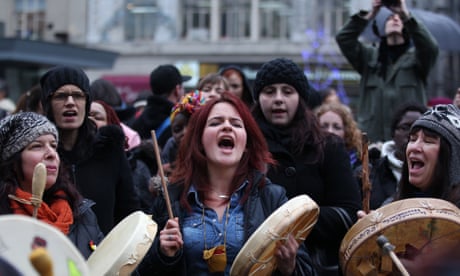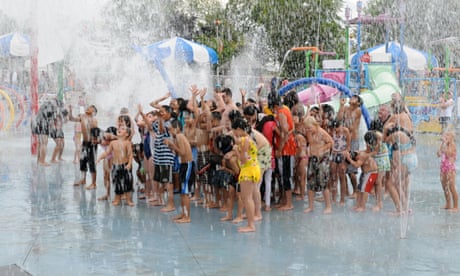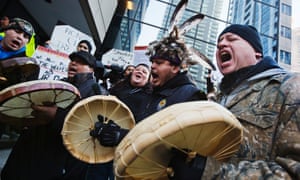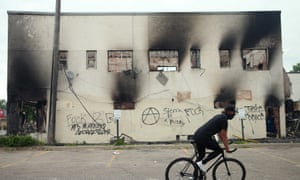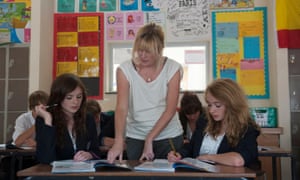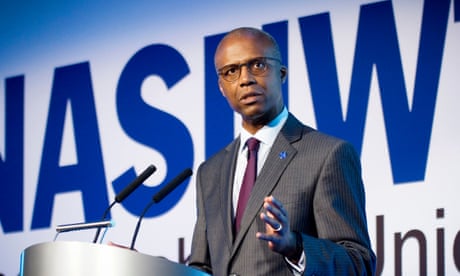IN RESIDENTIAL NEIGHBOURHOOD
THEY WERE THE TARGETS OF WHITE SUPREMACISTS
BOTH THE LT GOV OF MINNESOTA AND US AG BARR BOTH REFERENCED THE VIOLENCE CAUSED BY "OUTSIDERS" AND "OUTSIDE AGITATORS" WERE THOSE ARRESTED EQUATING ORGANIZED WHITE SUPREMACISTS WHO ARE BURNING BUILDINGS AS A EFFORT AT CREATING A RACE WAR, WITH ANARCHISTS, BARR HAS SAID HE IS MOBILIZING THE STATE AGAINST THE ANARCHISTS NOT THE WHITE SUPREMACISTS YOU SEE IN THIS VIDEO
Search Results
Web results
Amid The Pandemic, U.S. Militia Groups Plot 'The Boogaloo ...
https://www.huffpost.com › entry › boogaloo-facebook-pages-coronavirus...
Apr 24, 2020 - Amid The Pandemic, U.S. Militia Groups Plot 'The Boogaloo,' AKA Civil War, On Facebook. Extremists are promoting anti-government violence ...
What is the 'boogaloo'? How online calls for a violent uprising ...
https://www.nbcnews.com › tech › social-media › what-boogaloo-how-onl...
Feb 19, 2020 - The current boogaloo movement was first noticed by extremism researchers in 2019, when fringe groups from gun rights and militia movements ...
Boogaloo' Is The New Far-Right Slang For Civil War : NPR
Jan 10, 2020 - The word "boogaloo" once represented a fusion of people and cultures. ... popular among right-wing militias and self-described patriot groups.
Nov 26, 2019 - From militia groups to white supremacists, extremists on a range of online platforms talk about—and sometimes even anticipate—the “boogaloo ...
May 18, 2020 - If Donald Trump loses in November, how will these armed militias likely react? Advertisement: Is Trump actively encouraging right-wing violence ...
Apr 24, 2020 - Amid The Pandemic, U.S. Militia Groups Plot 'The Boogaloo,' AKA Civil War, On Facebook. Extremists are promoting anti-government violence ...
Search Results
Web results
May 13, 2020 - The signature look for the "boogaloo" anti-government movement is ... A leader of the Three Percenters militia movement who organized a rally ...
3 days ago - Nationwide anti-lockdown protests have provided an opportunity for right-wing militias to rally, armed, in public. Much has been written about the “ ...
Search Results
Web results
May 14, 2020 - The signature look for the "boogaloo" anti-government movement is ... last month that included armed members of the Michigan Liberty Militia.
u/[deleted]1y. My official application to the boogaloo militia. i.redd.it. [deleted]. Share46. 252. 46 Comments sorted byBest. Log in or sign up to leave a comment
May 13, 2020 - Far-right gun activists and militia groups first embraced the term before white supremacist groups adopted it last year. And while some “boogaloo”
22 hours ago - Shortened to Boogaloo or The Boogaloo, the phrase caught on with gun rights ... Armed militia members and far-right demonstrators appeared ...
Apr 24, 2020 - The boogaloo appears to have mutated from a joking 4chan meme into a real-life movement of militiamen (“Boojihadeens”) late last year. But the ..
May 22, 2020 - ExtremismBoogaloo Supporters Animated by Lockdown Protests, ... of the boogaloo favored by the militia, gun rights, and anarcho-capitalist .
May 13, 2020 - The signature look for the “boogaloo” anti-government movement is ... last month that included armed members of the Michigan Liberty Militia.
May 14, 2020 - The signature look for the "boogaloo" anti-governm
Jun 22, 2019 - If you want to boogaloo, you have to do it one of the tried and true ways. ... “A well regulated militia, being necessary to the security of a free

